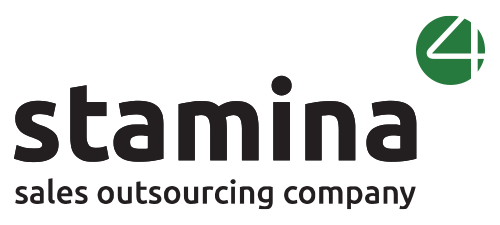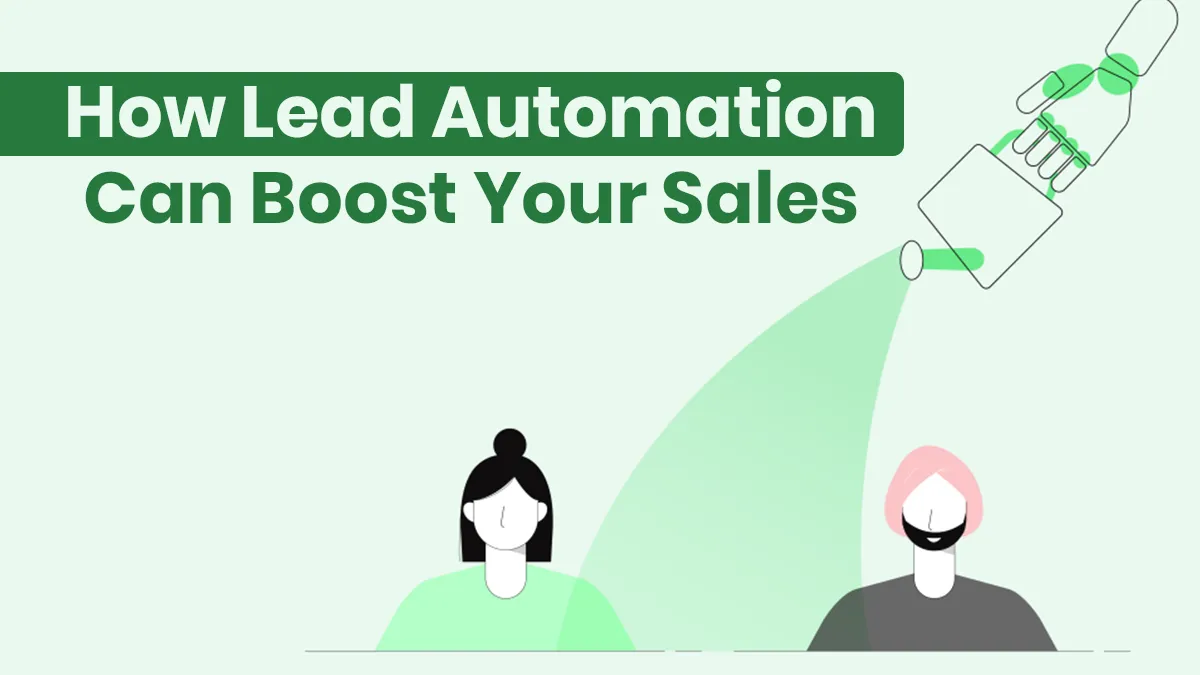Juggling sales and marketing teams can be challenging, but lead automation offers a strategic solution to align their efforts. This guide dives deep into how sales lead automation can effectively guide leads through the marketing funnel for better synergy and results.
Understanding Lead Automation:
Lead automation simplifies the integration of various entry points into your sales funnel, allowing you to assess the importance of each lead accurately. This method leverages lead intelligence to analyze lead characteristics, ensuring timely handoffs to the most suitable sales team member.
Automating your lead generation processes ensures you target appropriate leads and optimize your planning, preventing overload or shortages of contacts. Plus, it safeguards against losing high-value leads deep within your CRM system.
By automating lead management, your teams can maintain better communication with potential customers, keeping everyone informed about ongoing processes and upcoming steps.
The Four Key Stages of Lead Automation:
Capturing Leads:
The first step in lead automation is acquiring the lead. For instance, a website visitor may fill out a form to provide their contact information, which marks their entry into your system.

Qualifying and Scoring Leads:
Once a lead enters your system, the next crucial step is to assess their intent. This stage is vital for B2B sales teams to pinpoint high-potential opportunities. Fast qualification speeds up the engagement process, allowing salespeople to concentrate on leads with the highest intent.
Lead automation tools enable scoring and qualifying leads automatically based on various data points like origin channel, and demographic or firmographic details, reducing the need for manual input.
Assigning Leads:
After sorting, it's crucial not to distribute leads randomly within the sales team. Lead automation ensures that leads are assigned to the appropriate salesperson based on specific criteria, such as geographic location or business segment.
Nurturing Leads:
After capturing and qualifying leads, continuous nurturing is essential throughout the customer journey. Automating this process through platforms like Intercom allows you to implement effective email campaigns or drip strategies, enhancing relationships and speeding up conversions.
Practical Examples of Lead Automation:
Installing Chatbots:
Utilizing chatbots on your website, like those from Intercom or Drift, can revolutionize how you interact with customers. These tools allow for immediate engagement and understanding of a lead's intent as soon as they make contact.
Integrating Forms with CRM:
Linking forms on your landing pages directly to your CRM ensures that no lead is lost in translation. This connection provides visibility of lead data across sales and marketing teams, streamlining follow-ups.

Gating Content:
Leveraging content marketing by gating valuable resources like eBooks encourages interactions based on your insights. Automating the collection of contact details into your CRM system allows quick follow-up on warm leads.
Automating Email Campaigns:
Using advanced platforms can automate the nurturing process, ensuring that email campaigns target the right leads at the right time without manual oversight. This ensures continuous qualification and engagement of potential leads.

The Advantages of Lead Automation:
Lead automation simplifies the sales and marketing processes, enabling teams to focus on crafting compelling messages and engaging with leads more effectively. It enhances team efficiency and generates more targeted leads by ensuring that every interaction is timely and relevant.
Increased Efficiency and Productivity
Time-Saving
Reduction of Manual Tasks
Improved Lead Management
Lead Scoring and Prioritization
Segmentation and Personalization
Enhanced Customer Engagement
Timely Responses
Personalized Communication
Better Analytics and Reporting
Tracking and Measuring Performance
Data-Driven Decision Making
Increased Efficiency and Productivity
Time-saving lead automation streamlines sales processes, allowing your team to focus more on closing deals and less on time-consuming administrative tasks.
The reduction of manual tasks through lead automation improves your team's productivity by minimizing the need for repetitive work and reducing error rates in lead management.
Improved Lead Management
Lead scoring and prioritization through automation help your sales team focus their efforts on leads most likely to convert, optimizing resource allocation.
Segmentation and personalization in marketing efforts are enhanced through lead automation, allowing for more effective targeting and engagement with potential customers.
Enhanced Customer Engagement
Timely responses to customer inquiries are facilitated by lead automation, enhancing engagement and keeping your brand responsive and attentive.
Personalized communication with leads is made possible through automation, tailoring messages based on a lead’s past interactions and behaviors to increase conversion chances.
Better Analytics and Reporting
Tracking and measuring performance becomes more efficient with lead automation, providing clear insights into the effectiveness of your sales strategies.
Data-driven decision-making is enhanced by lead automation, allowing your team to access real-time analytics and adapt strategies for better lead engagement and conversion rates.




